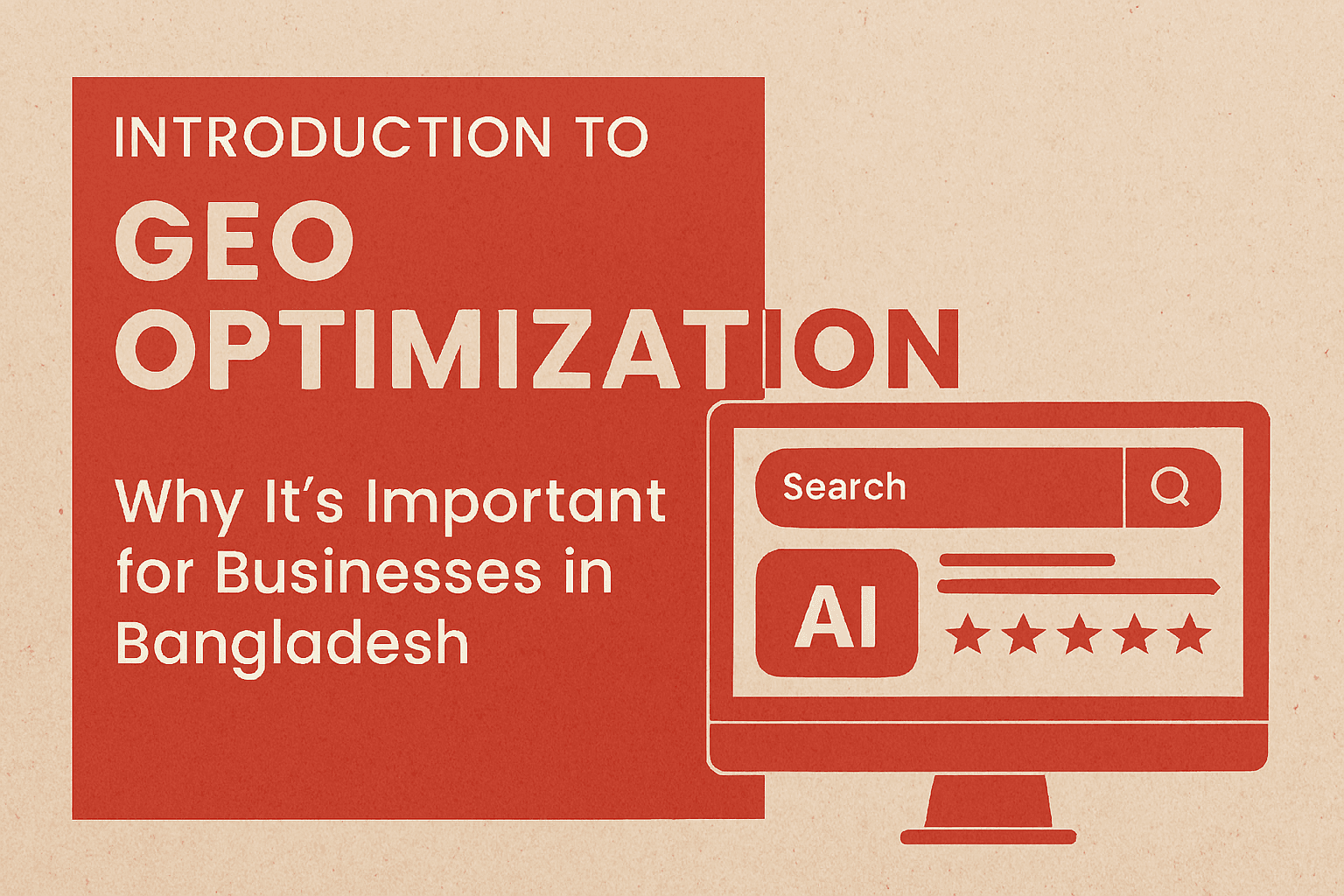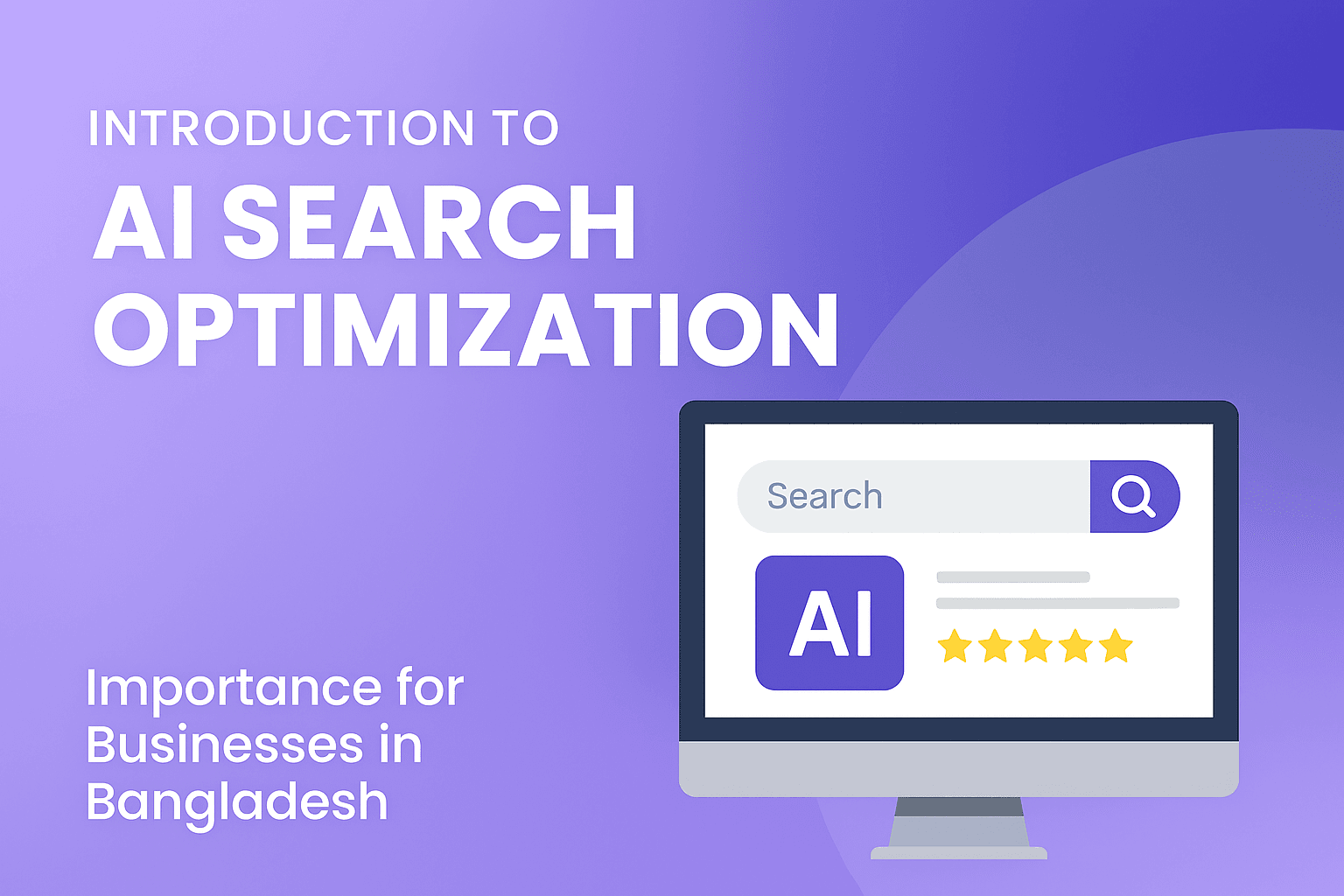
What is Crawlability? Why It’s Essential for SEO Success
What is Crawlability? A Detailed Guide to Optimizing Your Website for Search Engines
Crawlability is a critical aspect of search engine optimization (SEO) that refers to a website’s ability to be discovered, accessed, and indexed by search engine bots, also known as crawlers or spiders. Without proper crawlability, search engines like Google, Bing, or Yahoo may have difficulty finding your content, which can directly impact your website’s search rankings. In this guide, we will explore crawlability in detail, discuss the factors that influence it, and provide actionable steps to optimize your website for search engine crawlers.
Why Crawlability is Important for SEO
Crawlability forms the foundation of SEO. Search engines send out bots to crawl the web, discovering pages by following internal and external links. These bots index pages by analyzing their content and metadata, which helps determine where and how a page will rank in search engine results pages (SERPs). If your site isn’t crawlable, search engines can’t index it, meaning it won’t appear in the SERPs.
This makes crawlability one of the key components of technical SEO, affecting everything from your overall website visibility to the user experience. If search engines fail to crawl your site effectively, all other SEO efforts, such as content creation and link-building, become futile. Ensuring that every page on your website is crawlable helps search engines find and rank your content, which ultimately leads to improved traffic and engagement.
Key Factors Affecting Crawlability
Several elements influence crawlability, from your site’s internal linking structure to technical configurations like sitemaps and HTTP status codes. Let’s dive into the most important factors in more detail:
1. Internal Linking Structure
The internal linking structure of your website plays a significant role in crawlability. When crawlers visit your site, they rely on links to discover other pages. If pages are buried deep within your site without clear, accessible links, they may never be crawled. To improve crawlability, it’s crucial to have a logical internal linking strategy that ensures all important pages are easily discoverable.
Tips to improve internal linking:
- Create a clear site hierarchy where essential pages are linked directly from your homepage.
- Ensure that each page has at least one internal link pointing to it.
- Use keyword-rich anchor text in your internal links to provide context to crawlers.
2. XML Sitemaps
An XML sitemap serves as a roadmap for search engines, helping them navigate your website more efficiently. It contains a list of all the pages you want search engines to crawl and index. This is particularly useful for larger websites with complex structures or many dynamic pages that may not be easily accessible through links.
Best practices for XML sitemaps:
- Regularly update your sitemap to reflect new pages, updates, or removals.
- Submit your XML sitemap to Google Search Console and Bing Webmaster Tools.
- Ensure that the sitemap only includes canonical URLs, not duplicate or redirecting URLs.
3. Robots.txt File
The robots.txt file is a simple text file that instructs search engine crawlers on which parts of your website they can or cannot access. A well-optimized robots.txt file ensures that bots can crawl the most important pages while ignoring less relevant sections like admin areas or duplicate content.
Common mistakes with robots.txt:
- Blocking essential pages from being crawled.
- Using disallow commands for entire sections of your site without proper testing.
- Forgetting to update the robots.txt file when new pages are added.
4. HTTP Status Codes
When a crawler visits a page, the server returns an HTTP status code to indicate whether the page is available. Common codes like 404 (page not found) or 500 (server error) can hinder the crawling process. Ensuring that your pages return a 200 OK status code is crucial for crawlability.
How to manage HTTP status codes:
- Regularly audit your site for broken links and fix 404 errors.
- Set up proper 301 redirects for moved content.
- Ensure your server is stable and doesn’t frequently return 500 errors.
5. Duplicate Content
Duplicate content refers to blocks of text or media that appear in more than one location on your site. Search engines may have trouble deciding which version of the content to index, leading to inefficiencies in crawling and indexing.
How to handle duplicate content:
- Use canonical tags to indicate the preferred version of a page.
- Avoid creating unnecessary duplicate pages or posts.
- Consolidate similar content into a single, comprehensive page.
6. Crawl Budget
Crawl budget refers to the number of pages a search engine will crawl on your site during a given period. Factors like the size of your website, its structure, and the number of inbound links influence crawl budget. Sites with better crawlability often have their pages crawled more frequently, improving their chances of ranking.
Tips for managing crawl budget:
- Optimize page load speed to ensure crawlers can move through your site quickly.
- Eliminate unnecessary pages like tag or archive pages that don’t add value.
- Use robots.txt and noindex tags to prevent crawlers from wasting time on unimportant pages.
Tools to Measure and Improve Crawlability
Several tools can help you analyze and improve your site’s crawlability. These include:
- Google Search Console: Provides reports on crawl errors, sitemaps, and page indexing.
- Screaming Frog SEO Spider: A powerful crawler that mimics search engine bots, allowing you to audit your site’s structure and find crawlability issues.
- Ahrefs and SEMrush: Offer in-depth site audits that can identify crawl errors, broken links, and other technical SEO issues.
Conclusion
Crawlability is a crucial component of any successful SEO strategy. Without proper crawlability, search engine bots may not be able to access, index, or rank your website’s content, leading to poor search engine visibility. By focusing on key factors like internal linking, sitemaps, and HTTP status codes, and by using specialized tools, you can ensure that your site is fully optimized for crawlers.
Optimizing your site for crawlability not only helps search engines but also improves user experience, leading to better rankings, increased traffic, and higher engagement.
You can read our new blog post here Jarin Tech Blog







